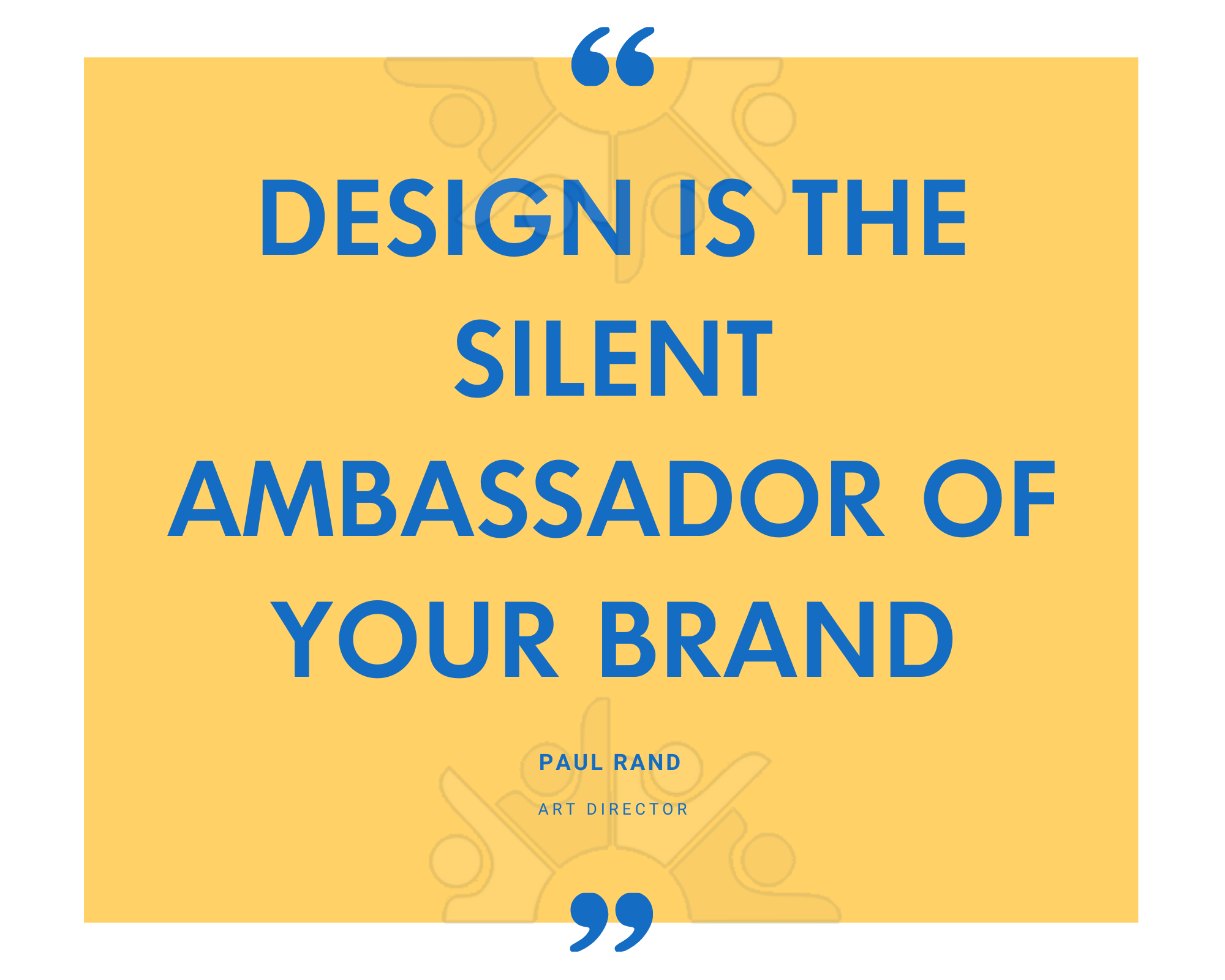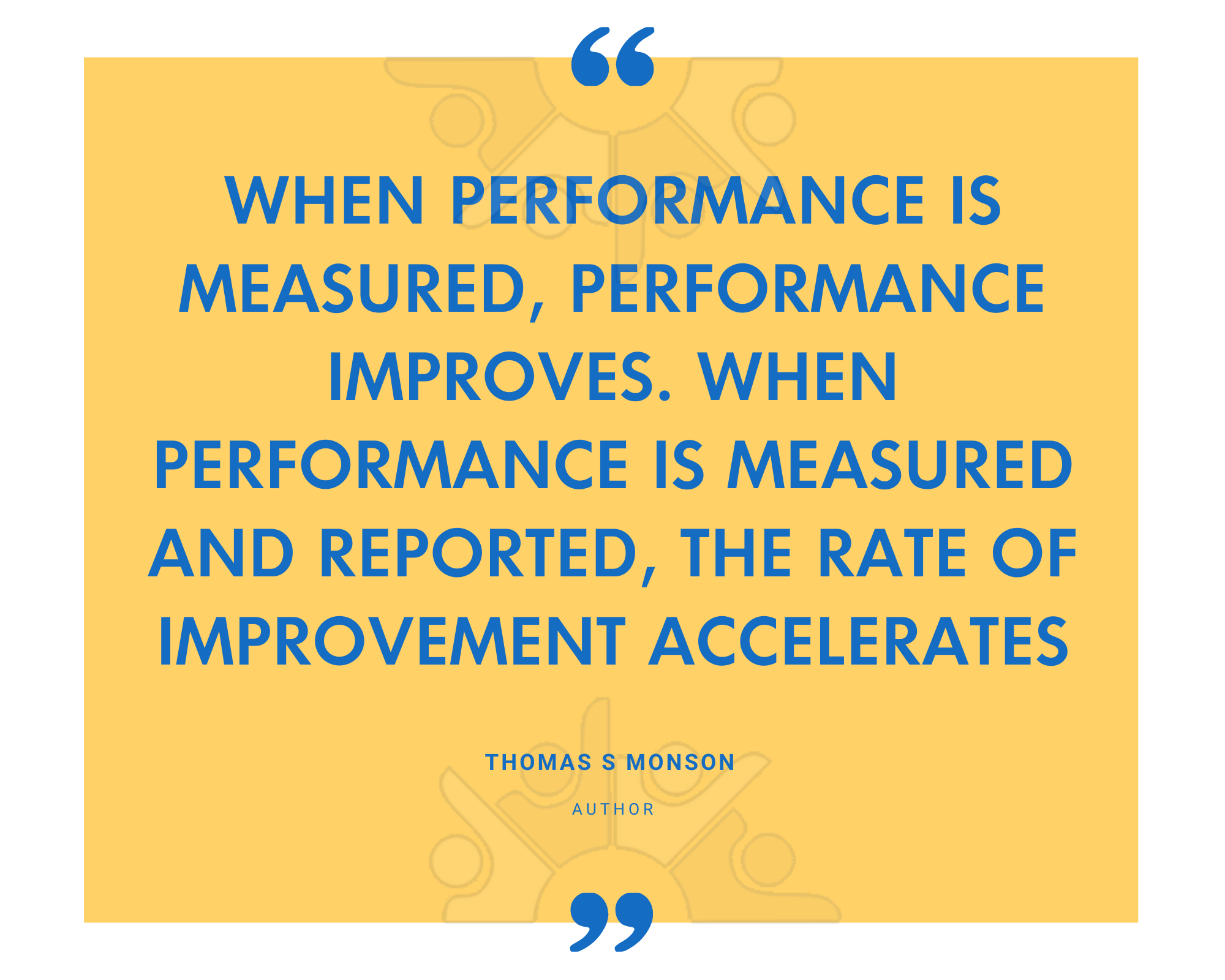HR leaders and managers are currently facing new challenges, as businesses across the globe take part in what Time magazine has referred to as “the world’s largest work-from-home experiment” and adjust their business models towards working remotely.
Adopting new technology is essential for businesses looking to remain competitive, with a range of essential digital tools for HR available to speed up performance management and improve the employee experience for staff working on-site and remotely.
1. Branding and customisation
 Great companies have a strong vision that is reflected throughout their culture and is embedded in their branding, from corporate mission statements to the layout of their offices. Their digital tools platform should clearly reflect this clarity of vision, with customisable branding across all platforms visible to all employees, whether they are working remotely or on-site.
Great companies have a strong vision that is reflected throughout their culture and is embedded in their branding, from corporate mission statements to the layout of their offices. Their digital tools platform should clearly reflect this clarity of vision, with customisable branding across all platforms visible to all employees, whether they are working remotely or on-site.
2. Integrations
With HR technology platforms changing at a faster rate now more than ever, it’s important for HR leaders to make sure the platform they choose is capable of meeting these demands. Performance management software capable of integrating new feature modules and integrations helps ensure these tools are always delivering the requirements needed.
Make sure your digital tools platform is hosted securely and is scalable, with the capacity for new features modules and a comprehensive framework to allow for fast updates and access to APIs.
3. Today screen
Providing managers and leaders with instant access to an overview of multiple processes can save a great deal of time, bringing absence management, individual and team objectives and feedback, reviews and other daily tasks onto a central hub.
A Today Screen tool acts as a snapshot of the company’s current priorities and allows managers to respond accordingly, whether it’s dealing with upcoming one-to-one sessions, tracking key performance indicators, dealing with feedback and messages or promoting awards and recognition for employees who are achieving great results.

4. Onboarding and training
A smooth, fully integrated onboarding and training platform is an essential component of any digital tools for HR, allowing users to bring new employees into the company swiftly, managing their first days and weeks with the company. Specific tools for remote workers can help make this onboarding process more efficient, for instance allowing them to provide digital signatures for any HR documentation.
Similarly, such tools should include quick and easy access to any training materials new employees might require while providing a broader ability for current employees to share training resources and workforce development initiatives. HR leaders can also use the platform to provide training courses and other certification programs for new and current employees.
5. Multi-channel communications
With companies having to deal with geographically diverse workforces covering a variety of processes – from performance management to employee recognition – a multi-channel communications platform provides the capability of gathering the data required to oversee the entire employee experience.
Multi-channel communications allow managers and leaders to keep in touch with their employees on mobile phones, laptops and tablets, while the addition of content feeds means that company updates, important files and other media can be shared with the employees who need it instantly.
6. Performance management reports
 Managers and HR leaders require data-rich resources when compiling performance management reports, encompassing establishing and tracking objectives and key results and key performance indicators, as well as any other metrics which can be used to better understand an employee’s competence and ability to innovate.
Managers and HR leaders require data-rich resources when compiling performance management reports, encompassing establishing and tracking objectives and key results and key performance indicators, as well as any other metrics which can be used to better understand an employee’s competence and ability to innovate.
Managers, team leaders and individuals can use performance management tools to establish achievable goals, tracking and iterating them as projects unfold and defining success. Incorporating talent management data and linked to return on investment to maximize the visibility of optimal performance.
7. Appraisals
Whether your company carries out employee appraisals annually, quarterly or monthly, these processes are notoriously time-consuming for HR leaders to carry out. Infrequent and ongoing appraisals procedures can be better handled when dealt with through a streamlined digital process, scheduling check-ins and 1-2-1s for employees and managers to help manage goals and develop career plans.
Additional work hours can be saved by using an appraisal template builder which allows HR departments to customize templates for structured meetings, whether it’s a salary review or an appraisal for a 3-month probation.
8. Absence management
Digital tools for managing absence are the backbone of any HR workplace, giving managers and team leaders the ability to manage and respond to any holiday requests, monitor sickness rates for their employees and clarify the company’s policies on absence allowances and any restrictions which may apply.
More comprehensive absence management tools provide additional data on absence patterns to give HR leaders visibility of any employees who are taking excessive amounts of time off, giving leaders the opportunity to assist with any physical or mental health problems staff might be experiencing, or any other issues which need addressing.
9. Employee net promoter score
Gathering feedback from employees via company questionnaires and surveys gives leaders better visibility on staff sentiment, which some digital tools complement with Employee Net Promoter Score (or eNPS) integrated into the communications feed.
Managers and HR leaders can view the results of the eNPS scores via their dashboard to better understand how their employees are feeling, giving them the opportunity to analyze trends in the workforce and distinguish promoters from detractors.
10. Real-time messaging with critical alerts
With companies dealing with workforces split between front-line, remote and furloughed during the COVID-19 pandemic, the ability to be able to communicate across real-time, multi-channel communications platforms are crucial. Messaging systems that utilize SMS, email and push notifications as well as within the performance management app gives employees across the full spectrum of the workforce a direct and instantaneous line.
A critical alert function gives companies additional peace of mind, with managers able to log and respond automatically to any urgent matter, sending direct alerts to employees with visibility as to when these notifications have been read by the recipient.





